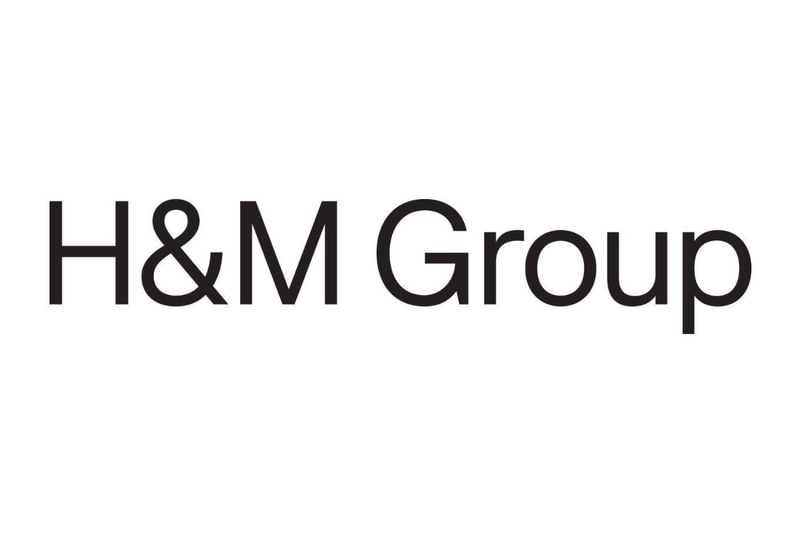
Decarbonizing the steel industry - have your say
Jan 5th 2023
Direct emissions from the iron and steel sector must fall by more than 90% by 2050 compared to 2021 to limit temperature rise to 1.5°C. The SBTi’s Brenda Chan explains what the SBTi is doing to support steel companies in the transformation to net-zero.
In 2021, the Science Based Targets initiative (SBTi) launched our steel sector project to enable steel companies and those in the value chain to set near- and long-term science-based targets in line with 1.5°C. It includes tools, guidance and mitigation pathways that take into account sector-specific barriers and opportunities.
The technically robust methodology and guidance has been developed in collaboration with the Mission Possible Partnership (MPP) - an alliance led by the Energy Transitions Commission, RMI, the We Mean Business Coalition and the World Economic Forum, which is focused on accelerating the decarbonization of the world’s highest-emitting industries - and with support of our Expert Advisory Group made up of academia, civil society and business.
On November 23, 2022, we opened a two-month public consultation period to receive feedback from stakeholders on the draft Steel Science Based Target Setting Guidance and Tool. This is to ensure the criteria and guidance are robust, clear and practical, and provide business leaders in this industry with confidence that their decarbonization strategies are in line with climate science.
Steel decarbonization pathways
Taking into account the future global steel demand and the availability of scrap, we have recognized the need to disaggregate the pathway to differentiate raw material sources (iron ore) and secondary material (scrap). This is not about comparing products or producers on their carbon intensity, but about defining how much individual companies must cut emissions at the corporate level to align with the 1.5°C temperature goal.
A single pathway would not differentiate material sources, leading companies to reduce emissions by increasing their scrap input without real decarbonization from the production processes. Given the amount of scrap in a given time is finite, if one company uses more scrap, others will use less, drawing a flow of scrap from companies without science-based targets to companies with targets, without actually achieving sector-wide decarbonization.
Having these scrap-input-dependant pathways in place will encourage diverse types of companies to set science-based targets while incentivizing three important aspects:
- Primary producers will be required to work to reduce the carbon intensity of primary steelmaking - they cannot meet their targets just by using more scrap.
- Emissions reduction by secondary scrap-based producers.
- A general sectoral shift towards greater circularity in line with 1.5°C pathways, it is easier to meet targets as one moves towards the scrap-based pathway.
A fixed iron and steel core boundary
Since the iron and steel sector is characterized by varying levels of vertical integration and different types of technology, to ensure the steel methodology is based on consistent accounting and creates a level playing field for both integrated and non-integrated companies, the draft SBTi Steel Guidance provides a standardized core boundary aligned with the carbon budget for the sector.
This core boundary covers burden and reductant preparation, iron ore reduction and steelmaking up to the hot rolling stage. The boundary has been set based on the assumption that it covers the biggest sources of emissions in the steel industry, as well as the process steps shared between most steel products.
Secondary metallurgy steps (e.g. vacuum induction melting, vacuum degassing, etc) that adjust the quality of steel are excluded from the system boundary in this draft guidance because not all steel products will be treated using these processes. For emissions that are outside the iron and steel core boundary, companies can use the SBTi´s cross-sector method to reduce absolute emissions by 42% over 2020-30.
Upstream fuel and energy related emissions
Upstream emissions from extraction and production of fuels, energy, iron ore and metallurgical coal will likely be dominated by fugitive methane emissions, but are challenging due to uncertainties in the data available. We therefore propose a separate mandatory scope 3 target for all upstream emissions from the extraction and production of these materials, regardless of the share in the company’s total emissions.
Coal- or gas-based production routes with CCS will result in substantial methane emissions from upstream extraction and processing of fuels, while green hydrogen or iron ore electrolysis based processes will not carry this burden. Setting a mandatory scope 3 target will ensure sufficient attention is given to reducing these emissions and facilitate improvement of upstream data quality.
Setting 1.5°C-aligned science-based targets in the steel sector
Companies are encouraged to set targets now using the SBTi’s cross-sector methods. The need for this guidance grows more urgent by the day: the International Energy Agency (IEA) has made it clear, direct emissions from the iron and steel sector must fall by more than 90% by 2050 relative to 2021 to limit temperature rise to 1.5°C and get on track with the Net Zero Emissions by 2050 scenario.
Your view is important - respond to the public consultation!
On January 23 the public consultation will close. We will then review feedback and revise the guidance in response. We plan to launch the Steel Science Based Target Setting Guidance and Tool in Q2 2023.
The latest draft of the SBTi Steel Guidance can be found here, as well as the tool. We welcome all feedback and comments through this survey.



